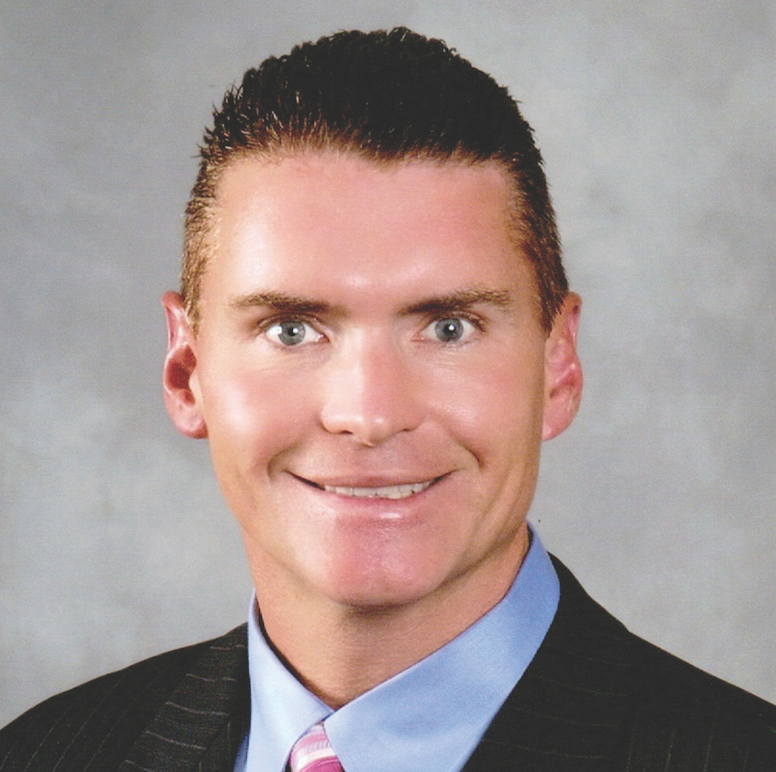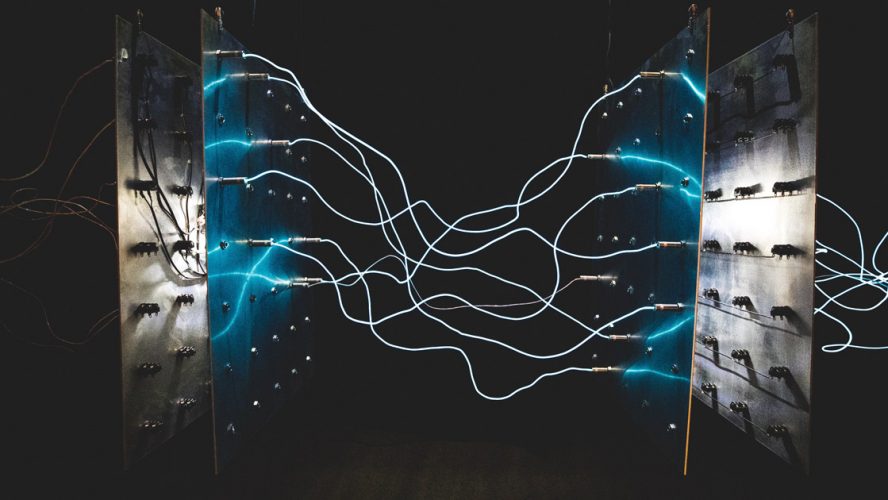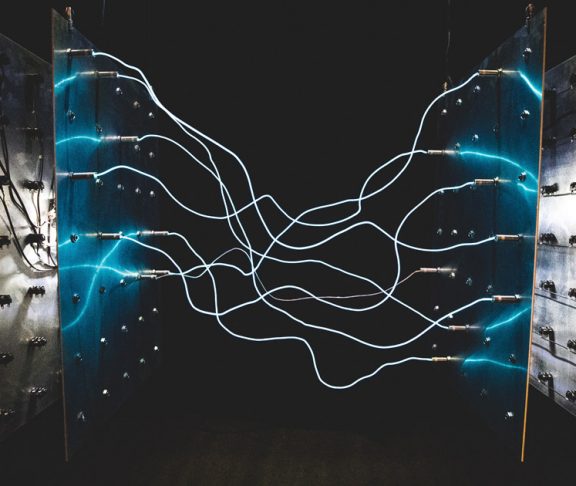
Dr Timothy Deer
President, International Neuromodulation Society, President & CEO, The Spine and Nerve Center of The Virginias, and Clinical Professor of Anesthesiology and Pain Medicine
From electric eels to medical implants – a centuries-old healing technique gets modern medicine charged up to treat chronic disease.
Implementing neuromodulation as pain relief
For thousands of years, people have used electricity in healthcare: the ancient Egyptians, for example, used powerful electrical shocks from electric eel-like fish to relieve pain.
The healing power of electricity is harnessed in devices that can be fitted inside the human body.
Today, in a technique known as neuromodulation, the healing power of electricity – as well as optical, magnetic and chemical ‘signals’ – is harnessed in devices that can be fitted inside the human body.
These act on the nervous system to treat a wide range of medical conditions, ranging from pain to tremors, epilepsy and psychiatric disorders as well as problems with the bowel and bladder.
For people who do less well on drugs or are unsuitable for surgery
Dr Timothy Deer, Clinical Professor of Anesthesiology and Pain medicine in West Virginia, USA, says interest in this field is high for people who do less well on traditional drug therapies or who are unsuitable for surgery.
“What is exciting about neuromodulation is the number of success stories of people who can work again, who are pain-free for the first time in decades and who almost forget they are ill because their symptoms are so well controlled,” says Dr Deer.
New and more tailored forms of neuromodulation are developing to meet patients’ specific clinical needs. In some setting of spine pain, the patient may be a candidate for Pulsed Radiofrequency (PRF), a method of treatment where radiofrequency waves are used to change the function of nerves in the spine or periphery. In many patients who are not a candidate for this therapy, implantable neuromodulation devices are often helpful.
PRF changes the electrical impulses of malfunctioning nerves, without destroying any tissue.
Dorsal root ganglion (DRG) stimulation stimulates this nerve-rich structure in the spine to send reduced ‘pain’ signals to the brain. This is an excellent method for those with focal nerve damage or specific pain.
Deep brain stimulation targets specific areas of that brain that are responsible for movement – with mild electrical stimulation.
Burst DR stimulation stimulates the spinal cord with intermittent ‘burst’ pulses that mimic normal nerve impulse patterns.
Spinal cord tonic stimulation at low frequencies, 1kHz, 4Khz, 7Khz and 10Khz is a method of changing nerve signal and modulating the message of transmission in the spine.
The International Neuromodulation Society are developing neuromodulation
If patients don’t know that treatments are available, they may settle for a poorer quality of life.
Founded in 1989, the International Neuromodulation Society (INS) is a non-profit expert group dedicated to the scientific development of neuromodulation. As INS president, Dr Deer wants to see INS play a leading role in supporting developments in the field. He aims for increased use of combined neuromodulation techniques as well as more personalised, targeted therapies that are even better tolerated, and which can benefit a wider range of patients and earlier in their treatment pathways.
Dr Deer says: “The problem is that patients and their clinicians may not know that these treatments are available, and will settle for a poorer quality of life.
“However, neuromodulation has the potential to change lives and we want to see it become more than just a treatment of last resort.”
Find out more: www.neuromodulation.com


